Tape is a simple, inexpensive, everyday product that millions of people use for a wide range of applications. Featured on the desk, tool belt and handy drawer of just about everyone, masking tape, Scotch Tape, duct tape and electrical tape were all invented by American companies in the first half of the last century. Inventors experimented with new materials and built their ideas off of their predecessors to start a chain reaction of adhesive innovation.
In 1925, Dick Drew of the then-mining company, 3M, visited a local auto body shop in St. Paul, Minnesota to test out new sandpaper. There, he found very upset workers yelling and swearing up a storm. Two-toned cars had gained rapid popularity during that time, and the then-current method of painting them involved covering a portion of the car’s body with newspaper and glue, which would peel off the paint every time. The workers either had to start over or do countless touch-up jobs to every car they painted. Needless to say, they were tired of it and Drew saw a new market.
He began working with different combinations of backing material and adhesives, and even went against his boss’s orders to abandon the idea and return to sandpaper several times by secretly developing a paper-backed, non-abrasive tape that would stick to painted surfaces without any damage to the surface. Despite his sneakiness, Drew was not fired from 3M, probably because he had just developed the first pressure sensitive tape—masking tape, a product that would be the starting point for a half-century of wildly successful product innovation.
5 years later, that same inventor started tinkering with cellophane, a new waterproof and transparent material used in butcher shops as packaging. Drew began adding a primer coat to cellophane as an adhesive. It was rejected because the yellowish adhesive was visible through the transparent cellophane. Instead of abandoning the idea, Drew developed a transparent adhesive, and a year later, Scotch Tape was marketed to the railroad industry, then to the general public. It soon became wildly popular, and was used to mend clothing, remove lint, strengthen book bindings, and of course, repair torn paper.
Because Scotch Tape was inexpensive and had so many handy at-home uses, 3M sales increased dramatically over the next decade, which just happened to be the Great Depression. In fact, 3M literally tripled in size during the 1930s while so many other companies crumbled around them because instead of purchasing new items, Americans would mend their worn belongings during hard times.
Unlike 3M, most companies changed their product focus to army materials during the 40s. This included Johnson and Johnson Permacel Division, who invented a soon-to-be cornerstone of American household inventions: duct tape. At first, it was used in the military to keep moisture out of ammunition cases. Soon, soldiers discovered its versatility and started using it for many different mending and waterproofing applications. After the war, its color was changed from army green to silver, to match duct work, which became the tape’s most popular use.
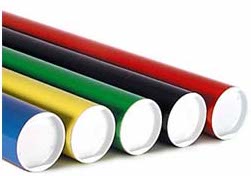 Cardboard Tubes
Cardboard Tubes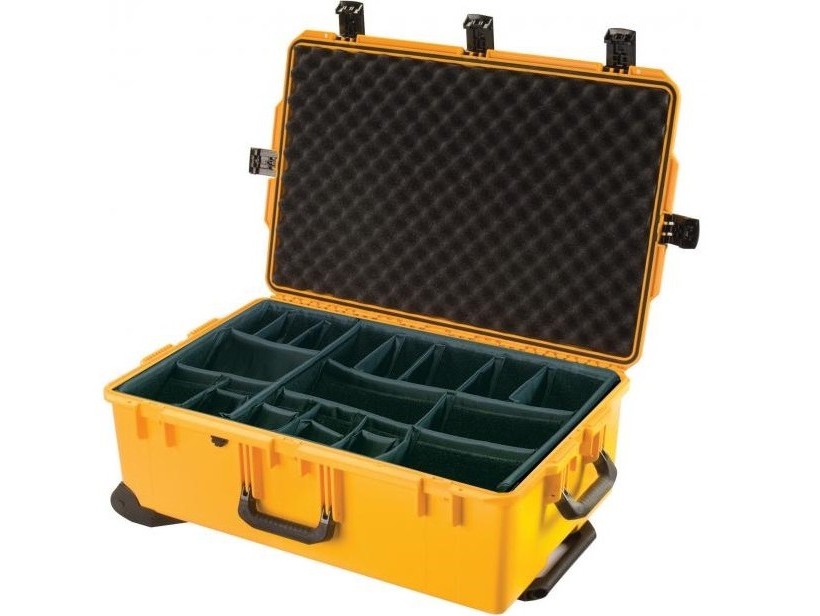 Carrying Cases
Carrying Cases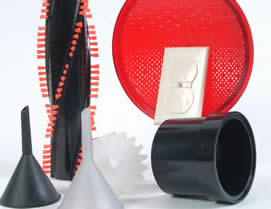 Contract Packaging
Contract Packaging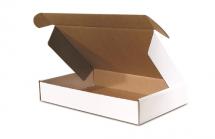 Corrugated Boxes
Corrugated Boxes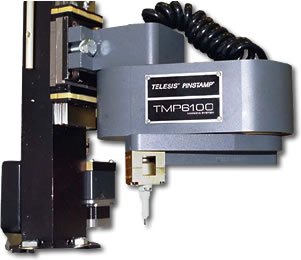 Dot Peening Machines
Dot Peening Machines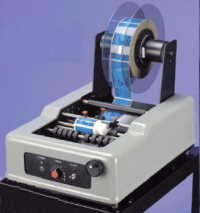 Labeling Machinery
Labeling Machinery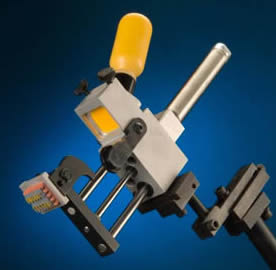 Marking Machinery
Marking Machinery Packaging Equipment
Packaging Equipment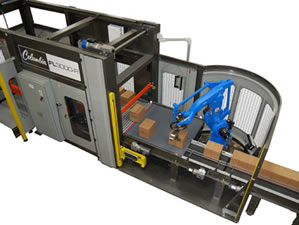 Palletizers
Palletizers Plastic Bags
Plastic Bags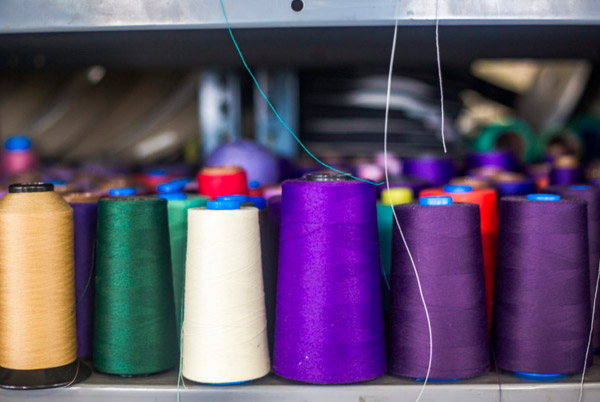 Sewing Contractors
Sewing Contractors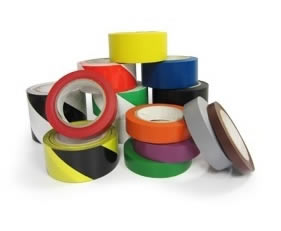 Tape Suppliers
Tape Suppliers Castings & Forgings
Castings & Forgings Bulk Material Handling
Bulk Material Handling Electrical & Electronic Components
Electrical & Electronic Components Flow Instrumentation
Flow Instrumentation Hardware
Hardware Material Handling Equipment
Material Handling Equipment Metal Cutting Services
Metal Cutting Services Metal Forming Services
Metal Forming Services Metal Suppliers
Metal Suppliers Motion Control Products
Motion Control Products Plant & Facility Equipment
Plant & Facility Equipment Plant & Facility Supplies
Plant & Facility Supplies Plastic Molding Processes
Plastic Molding Processes Pumps & Valves
Pumps & Valves Recycling Equipment
Recycling Equipment Rubber Products & Services
Rubber Products & Services